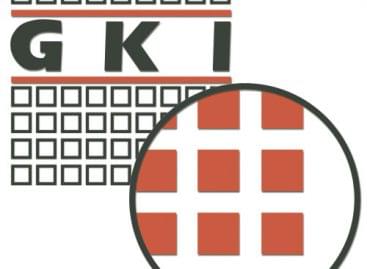Consumer solvency improves, a W-shaped recovery might follow
Households continued to strengthen their financial situation at the beginning of the 3rd quarter, but by the end of the 3-month period the Intrum Solvency Index (IFI) dropped again: its average value was 38.1, which was much lower than the 52 had been in the 3rd quarter of 2019 – yet way above the 18.9 points in April.
A drop after July
From July the solvency of the population was decreasing again and it was at 35.8 points by September. Data by Intrum back the forecast of the Ministry of Finance, which said the GDP would grow in the 3rd quarter and expected a W-shaped recovery path afterwards. In the 1st quarter of 2020 the Hungarian economy grew by 2.2 percent, but in the 2nd quarter the pandemic entailed a 13.6-percent recession. Experts calculate with a bounce back for the next period.
The second wave was a smaller shock to the economy
Károly Deszpot, director of sales and business development at Intrum stressed that there was a major drop in the solvency of consumers in the spring, during the first wave of the pandemic, but no such trend is visible in the second wave in the autumn. Mr Deszpot thinks the decline at the end of the 3rd quarter is primarily the result of the growing unemployment level. According to data from the Central Bank of Hungary (MNB), it is mainly the repaying of personal loans that consumers have stopped with, which indicates that the crisis affects those layers of the society more which have a lower income. //
Related news
The economic index of GKI decreased in April
According to a survey conducted by GKI Gazdaságkutató – with…
Read more >Twenty years in the EU: how has Hungarian consumption changed?
On 1 May 2004 ten new member states joined the…
Read more >Hungary has been in the EU for 20 years: how has foreign trade changed?
On May 1, 2004, ten new states joined the European…
Read more >Related news
Fruit Logistica attracts industry leaders from around the world
Fruit Logistica, the world’s leading trade fair for the fruit…
Read more >NGM: the lives of families are significantly affected by food and health expenses and fuel prices
According to the surveys, the most significant expenses of the…
Read more >The quarterly results of the SZÉP card confirm the entrepreneurs’ proposal
According to the announcement issued by the Ministry of National…
Read more >







